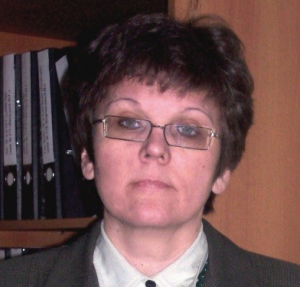Carbonate Sequence Stratigraphy
Acquisition of theoretical knowledge in the field of carbonate sequence stratigraphy, as well as practical skills of sequence-stratigraphic interpretation of geological and geophysical materials on carbonate complexes.
Course description
- Obtaining knowledge on classifications of carbonate rocks, Wilson`s carbonate facies zones, and carbonate sequence stratigraphy;
- Acquiring the skill of interpreting geological and geophysical materials on carbonate complexes including the detection of sequence-stratigraphic elements.
After training the student will:
- know classifications of carbonate rocks,
- know Wilson`s carbonate facies zones,
- know basics of sequence stratigraphy;
- be able to apply the basic methods of carbonate sequence stratigraphy in solving professional problems; understand the possibilities of specific methods of carbonate sequence stratigraphy;
- be able carry out sequence-stratigraphic reconstructions in carbonate complexes.
- have the skills to carry out carbonate facies and carbonate sequence-stratigraphic analyzes and apply their results in professional activities.
Category of trainees:
Mid-level and top-level specialists and leaders of the oil-and-gas companies
Lecturer:

Prof. Dr. Svenlana Zorina – Department of Paleontology and Stratigraphy, Institute of Geology and Petroleum Technologies, Kazan (Volga Region) Federal University, Russia
No reviews yet.
| No. | Topic | Academic hours |
| 1. | CLASSIFICATIONS OF CARBONATE ROCKS
Classification of carbonate rocks based on matrix content. Folk`s textural classification of carbonate sediments. Dunham`s textural classification of carbonate sediments. Embry & Klovan`s textural classification of reef limestones |
2 hours |
| 2. | Depositional setting and geometry of carbonate facies
Varied settings of carbonate deposits. Basin slope: pelagic sediments. Basin slope: turbidites and debris flows. Basin slope: carbonates deposited at margin between shallow-water platform and deeper water basin. Platform margin: reefs, barrier reefs, mud-skeletal banks, nonskeletal carbonate mud and silt banks. Platform margin: Pinnacles, patch reefs and mounds, potential reservoir and source rocks. Platform interior: epeiric sea, lagoon or bay, tidal flats and potential reservoir and source rocks. |
8 hours |
| 3. | Carbonate Sequences
Differences between carbonates and siliciclastics. Subdividing surfaces. The carbonate cycle of a sigmoid. Cosets and megasets. Tools for the interpretation of depositional setting of carbonate sequences. Carbonate stacking patterns and depositional settings depending on variations in grain size. Lowstand carbonate stacking. Transgressive carbonate stacking. Highstand carbonate stacking |
4 hours |
| Final test | 2 hours | |
| TOTAL: | 16 hours |
Form of study: full-time training with a break from work (2 days); remote studies; extramural studies with the use of distance educational programs
Full time training is conducted at the Institute of Geology and Petroleum Technologies at the following address: Kremlyovskaya str., 4/5, Kazan, Russia
We can provide accommodation assistance for non-resident students in order to book KFU campus / hotel rooms.
In addition to the program, there are coffee breaks and excursions in the Museum of History of Kazan University, the Geological Museum named after A.A. Stukenberg and the Kazan Kremlin.
